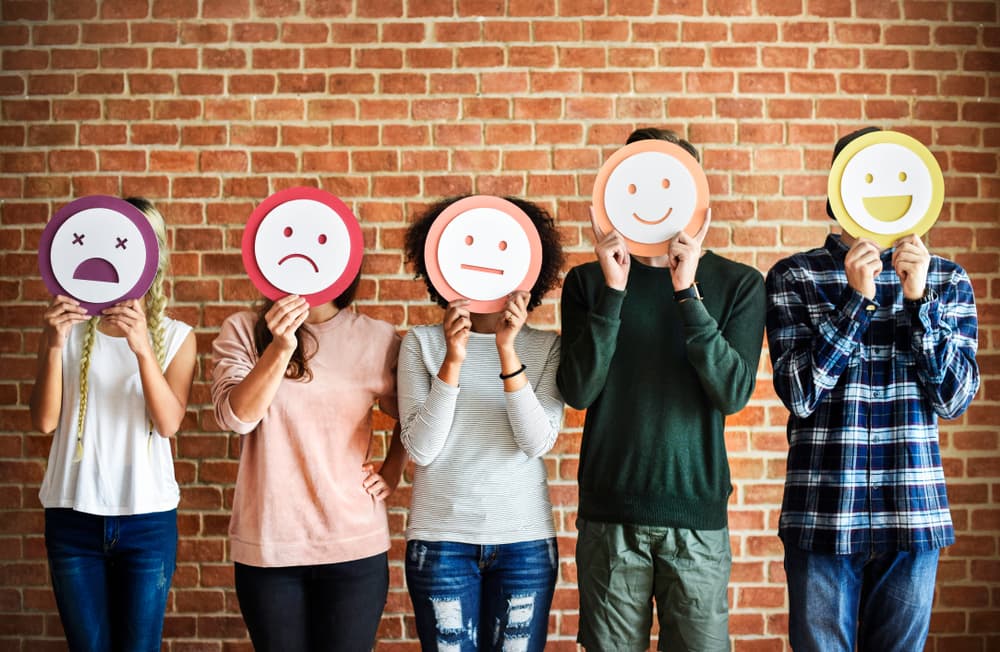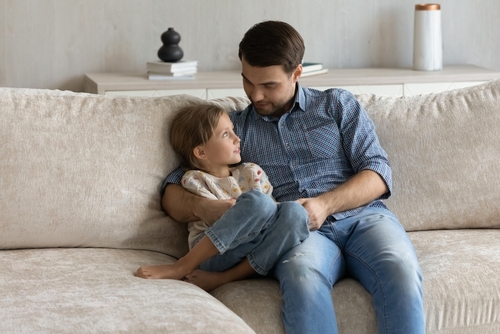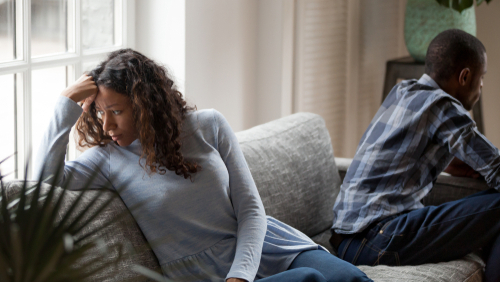We are creatures of emotion. Feelings are a driving force behind most every action we take. They are the light that guides us through life. They are the very basis of our interactions with the world and, especially, the people that surround us.
Our feelings toward others and ourselves help define our actions.
What happens when emotions become overwhelming? When the disbalance between positive and negative ones shifts toward the latter? That’s when we start putting fail-safes in place and start developing strategies to protect ourselves from the proverbial flood. One of those strategies is emotional detachment.
Emotional detachment represents a state where a person becomes disconnected from their feelings, either as a response to difficult situations or as means to cope with stress, anxiety, pain, or fear. When that happens, an individual may exhibit a general unwillingness or inability to adequately, or at all, respond to situations that typically trigger strong emotional reactions.
This state of mind can be severely detrimental to virtually every aspect of a person’s quality of life, which is why understanding the meaning behind emotional detachment, as well as its causes and signs is essential for a person’s overall well-being.
What Causes Emotional Detachment?
Emotional detachment is a complex issue, mainly because its causes can be completely situational or they can stem from a long line of past events and experiences. Some of the most common causes of this condition include:
- Trauma: Those that experienced trauma may disconnect themselves from their emotions as a way to avoid the pain associated with the trauma;
- Childhood experiences: Individuals who grew up in emotionally deprived environments, neglected, or abused often struggle to create meaningful connections in their adulthood;
- Mental health disorders: Individuals suffering from mental health disorders, such as anxiety, depression, or post-traumatic stress disorder (PTSD), may have trouble regulating their emotions, resorting to detachment as a way of coping;
- Personality disorders: Some personality disorders (e.g. borderline personality disorder (BPD), avoidant personality disorder (APD), etc.) can cause emotional detachment as one of the symptoms;
- Substance abuse: Substance abuse is often a way to numb or avoid difficult emotions, which is why those that suffer from substance use disorder often become detached from their loved ones.
It’s important to note that emotional detachment can be a willing, intentional, and also a temporary choice. Such is the case in situations where we know we’ll get agitated, angry, or we may need to buy some time to process our feelings. It’s essential to stay cool and focused. In these cases, emotional detachment can be quite an effective “preventative measure” against our feelings getting the better of us.

What Are The Signs Of Emotional Detachment?
Emotional detachment can manifest itself in many different ways, some of which are subtle and barely noticeable, while others can be visible at a glance. Some of the most common symptoms a person can experience are:
- Numbness: Inability to feel anything at all, or having a rather limited array of emotions;
- Avoidance: Avoiding social situations or people who could trigger an emotional response;
- Apathy: General disinterest or lack of motivation to partake in activities they once enjoyed;
- Disconnection: Feeling that they are a passive observer, rather than an active participant in their own life;
- Difficulty expressing emotions: Struggling to convey or, even, identify their emotions.
If you notice some of the above signs, whether in yourself or someone close to you, it is essential to seek professional help as soon as possible. While emotional detachment is not an official medical condition, it may be a sign of an underlying mental health issue, such as depression, which can be perilous if left unattended.
How Do You Fix Emotional Detachment Issues?
Both the situational nature of emotional detachment and its potential to “mask” a more severe underlying condition make it rather challenging to overcome. As such, seeking professional help is highly recommended, as it is the best way to address the issue, as well as factors that may have led to its formation.
Practices That Can Help With Emotional Detachment
Aside from professional help, there are some methods that can help you keep emotional detachment in check:
- Practice mindfulness: Some mindfulness practices, such as meditation and yoga, can help you become more in-tune with your emotions and physical sensations;
- Connect with others: Hanging out with family and friends brings about a sense of belonging and reliability, both of which can be immensely powerful tools for overcoming emotional detachment;
- Practice self-awareness: Understanding your emotions, as well as how and what triggers them can help you become more connected to them;
- Focus on self-care: Regular exercise, quality sleep, and a balanced diet are all proven ways to improve your mental and physical health.

Reconnect With Your Feelings And Overcome Emotional Detachment In A Healthy And Constructive Way
Emotional detachment can be a challenging issue to overcome. However, with the right support and guidance, it is possible to rekindle that spark and nurture it back into a cozy flame that warms the heart and soothes the soul.
At PIVOT, we provide a safe, nourishing, and non-judgmental Glass House retreat where you can explore your feelings and rebuild your connection with your emotions in a healthy and wholesome way. Our conscientious and compassionate coaching team will be with you every step of the way, to help you uncover the root of your emotional detachment, and provide the support and guidance you need to overcome it. We are here to help you find your way to a better, happier life.



















